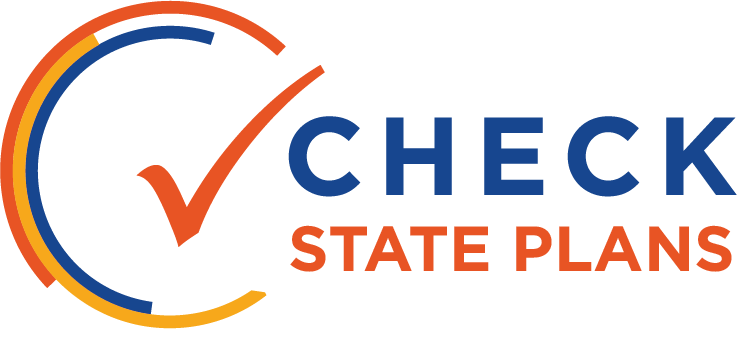
SUPPORTING SCHOOLS

Washington proposes a system of supports that appears responsive to schools identified for comprehensive and targeted support.
However, the plan relies on vague language and lacks specific details and timelines to determine whether these efforts will be sufficient to turn around low-performing schools. For instance, the state plans to require schools to use evidence-based practices from a “Menu of Best Practices,” but the plan does not make clear how it defines “best practices” or “evidence based.” That said, the plan includes a link to the most recent version of the menu.
The state department of education is responsible for supporting a needs-assessment process, monitoring improvement plans, and offering technical assistance.
If schools fail to make sufficient progress to exit identified status after three years, the state department of education will identify an external partner that will help the school develop a “more rigorous” needs assessment and develop a new improvement plan.
The state Office of the Superintendent of Public Instruction (OSPI) will closely monitor the impact of the school improvement plans, and the state has plans for a pilot in eight districts.
According to the plan, the OSPI it will annually evaluate and adjust supports and interventions. If a school is not progressing, the OSPI may direct the use of resources and funds, and increase coaching and on-site monitoring.
One interesting aspect of the state’s plan is a pilot OSPI will run with eight districts to focus on the state, district, and school roles in effectively identifying and applying interventions and supports in comprehensive and targeted-support schools. This approach likely will help the state increase its effectiveness in supporting low-performing schools.
The state plans to distribute the 7 percent of its Title I funds set aside for school improvement activities through a formula.
The state provides data on previous funding levels and a rough outline of how school funding will be determined, but the plan could be improved by providing additional information about how these funds will be distributed.
Additionally, the state should indicate if and how it intends to provide direct student services using the optional 3 percent set-aside, which provides an additional opportunity for the state to align school improvement activities with its statewide goals.
Overall, however, the planned interventions appear to be fairly light—mainly planning and technical assistance—and the plan lacks concrete steps that schools must follow if they are identified for improvement and continue to struggle.
 OVERVIEW
OVERVIEW




